Identifizierung, Bewertung und Kontrolle von Gefahren für die Lebensmittelsicherheit.
- Methodologien: Kunden & Marketing, Ideenfindung, Produktdesign
HACCP

HACCP
- Kontinuierliche Verbesserung, Umweltverträglichkeitsprüfung, Lebensmittelsicherheit, HACCP, Prozessverbesserung, Prozess-Optimierung, Qualitätssicherung, Qualitätskontrolle, Risikomanagement
Zielsetzung:
Wie es verwendet wird:
- Ein systematischer präventiver Ansatz zur Lebensmittelsicherheit vor biologischen, chemischen und physikalischen Gefahren in Produktionsprozessen, die zu einer Gefährdung des Endprodukts führen können, und Maßnahmen zur Reduzierung dieser Risiken auf ein sicheres Niveau.
Vorteile
- International anerkannt; Proaktiver Ansatz für die Lebensmittelsicherheit; Kann in der gesamten Lebensmittelkette angewendet werden; Verringert das Risiko lebensmittelbedingter Erkrankungen.
Nachteile
- Die Umsetzung kann komplex und kostspielig sein, insbesondere für kleine Unternehmen; erfordert ein hohes Maß an Engagement und Schulung; die Dokumentation kann umfangreich sein.
Kategorien:
- Herstellung, Qualität, Risikomanagement
Am besten geeignet für:
- Gewährleistung der Lebensmittelsicherheit und Vorbeugung gegen lebensmittelbedingte Krankheiten durch systematisches Gefahrenmanagement.
HACCP (Hazard Analysis Kritischer Kontrollpunkt) methodology is widely adopted in various industries beyond food production, including pharmaceuticals, cosmetics, and even the manufacturing of consumer goods where safety is paramount. This methodology is particularly effective during the design and development phases of products or processes, allowing teams to identify potential hazards early on and implement controls before issues arise. Participants in HACCP planning typically include multidisciplinary teams comprising food scientists, quality assurance specialists, engineers, production staff, and sanitation experts who collaboratively assess risks associated with the entire supply chain from raw material sourcing to final delivery. For example, in a beverage company, HACCP may involve evaluating water quality sources, monitoring safety during bottling processes, and ensuring proper storage conditions to maintain product integrity. Its applications extend to regulatory compliance, enabling companies to meet standards established by organizations like the FDA and WHO, fostering trust among consumers while minimizing liability. This proactive risk management approach not only leads to reduced instances of foodborne illnesses but also enhances operational efficiency by reducing waste and recalls, thereby supporting sustainable practices. The structured framework provided by HACCP can also be adapted to product innovation, allowing companies to experiment with new ingredients or production methods while maintaining benchmark safety protocols.
Die wichtigsten Schritte dieser Methodik
- Conduct hazard analysis by identifying potential biological, chemical, and physical hazards.
- Determine the Critical Control Points (CCPs) where hazards can be prevented, eliminated, or reduced.
- Establish critical limits for each CCP to ensure safety measures are effective.
- Implement monitoring procedures for each CCP to ensure compliance with critical limits.
- Establish corrective actions to be taken when monitoring indicates that a CCP is not under control.
- Develop verification procedures to confirm that the HACCP system is working effectively.
- Establish record-keeping and documentation procedures to maintain accountability and traceability.
Profi-Tipps
- Integrate HACCP principles within the design phase by employing simulations and modeling to predict potential hazard points in production processes.
- Utilize advanced data analytics for real-time monitoring and validation of critical control points, enabling quicker responses to emerging hazards.
- Engage cross-functional teams in regular reviews of HACCP plans to incorporate diverse expertise and technological advancements, ensuring continual improvement of safety measures.
Verschiedene Methoden lesen und vergleichen, Wir empfehlen die
> Umfassendes Methoden-Repository <
zusammen mit den über 400 anderen Methoden.
Ihre Kommentare zu dieser Methodik oder zusätzliche Informationen sind willkommen auf der Kommentarbereich unten ↓ , sowie alle ingenieursbezogenen Ideen oder Links.
Historischer Kontext
1800-05-02
1880
1910
1940
1950
1970
1983
1834-01-01
1880
1920
1940
1950
1975
1997
(wenn das Datum nicht bekannt oder nicht relevant ist, z. B. "Strömungsmechanik", wird eine gerundete Schätzung des bemerkenswerten Erscheinens angegeben)


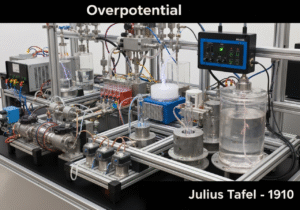
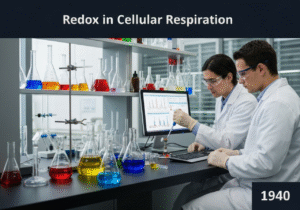
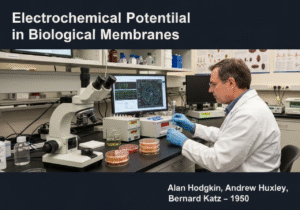
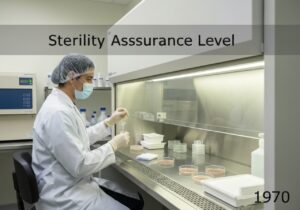
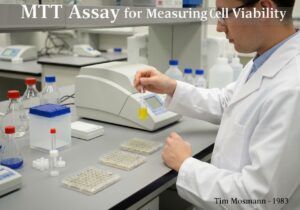

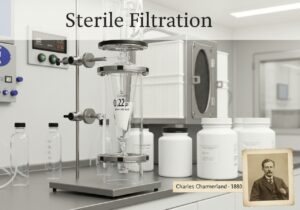
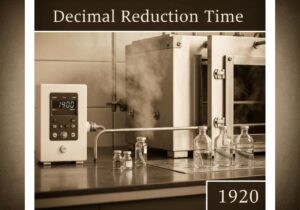

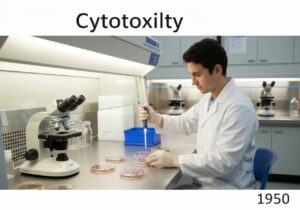


Verwandte Artikel
METS-Kalorien-Rechner
Meta-Analyse
Nachrichten-Mapping
Mentalmodell-Diagramme
Maximal zulässige Druck- und Zugkräfte
Materialbedarfsplanung (MRP)